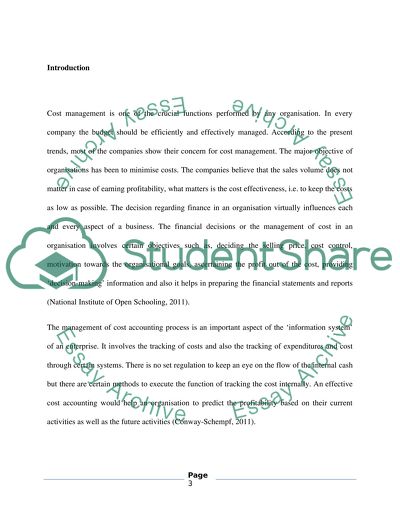Cite this document
(Full Costing Versus Variable Costing: Does The Choice Still Matter Essay, n.d.)
Full Costing Versus Variable Costing: Does The Choice Still Matter Essay. https://studentshare.org/finance-accounting/1587160-cost-control-and-performance-management-full-costing-versus-variable-costing-does-the-choice-still-matter
Full Costing Versus Variable Costing: Does The Choice Still Matter Essay. https://studentshare.org/finance-accounting/1587160-cost-control-and-performance-management-full-costing-versus-variable-costing-does-the-choice-still-matter
(Full Costing Versus Variable Costing: Does The Choice Still Matter Essay)
Full Costing Versus Variable Costing: Does The Choice Still Matter Essay. https://studentshare.org/finance-accounting/1587160-cost-control-and-performance-management-full-costing-versus-variable-costing-does-the-choice-still-matter.
Full Costing Versus Variable Costing: Does The Choice Still Matter Essay. https://studentshare.org/finance-accounting/1587160-cost-control-and-performance-management-full-costing-versus-variable-costing-does-the-choice-still-matter.
“Full Costing Versus Variable Costing: Does The Choice Still Matter Essay”. https://studentshare.org/finance-accounting/1587160-cost-control-and-performance-management-full-costing-versus-variable-costing-does-the-choice-still-matter.


